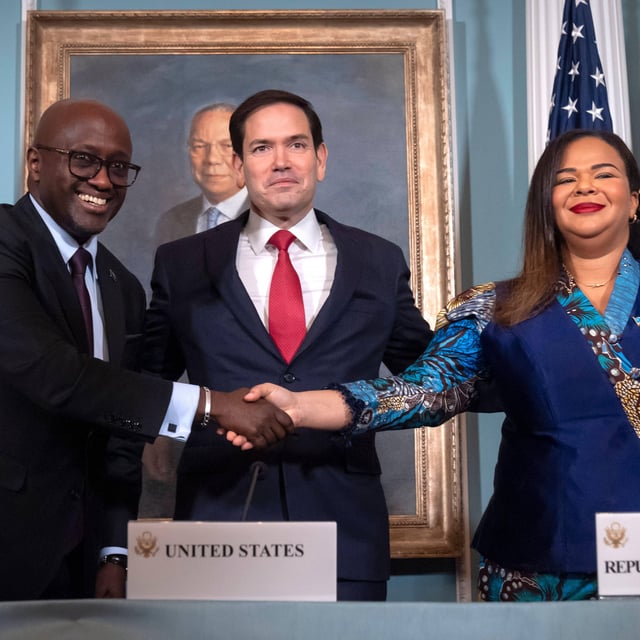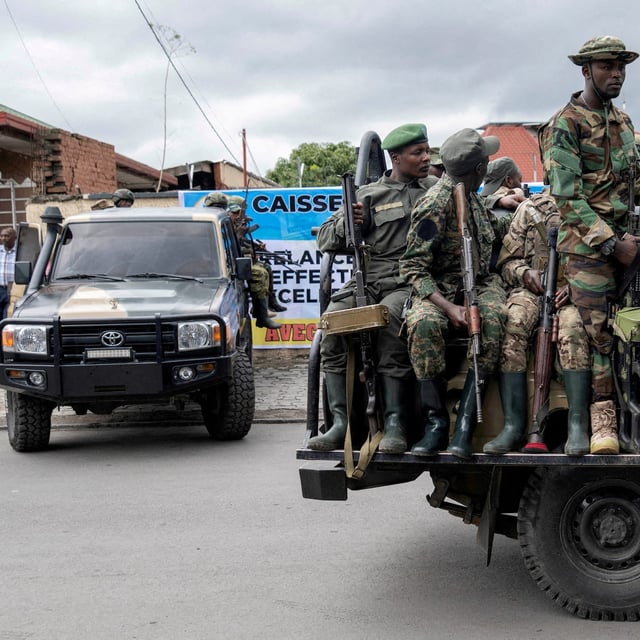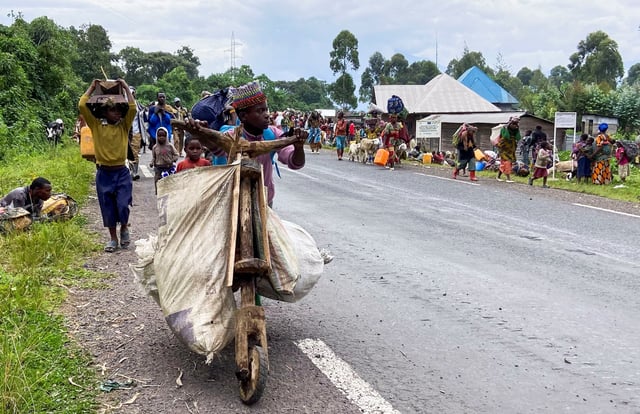Overview
- Democratic Republic of Congo and Rwanda foreign ministers signed the agreement in Washington under US mediation to halt decades of fighting.
- The accord mandates the withdrawal of Rwandan forces from eastern Congo within 90 days and the creation of a joint security coordination mechanism within 30 days.
- It prohibits hostilities, calls for disarmament and conditional integration of non-state armed groups, but the M23 rebel leaders did not endorse the pact.
- The deal outlines a regional economic integration framework aimed at drawing Western investment into eastern Congo’s mineral sector, offering US companies access to key resources.
- Critics including Nobel laureate Denis Mukwege warn the deal risks legitimizing aggression, facilitates resource exploitation and overlooks justice for victims.



